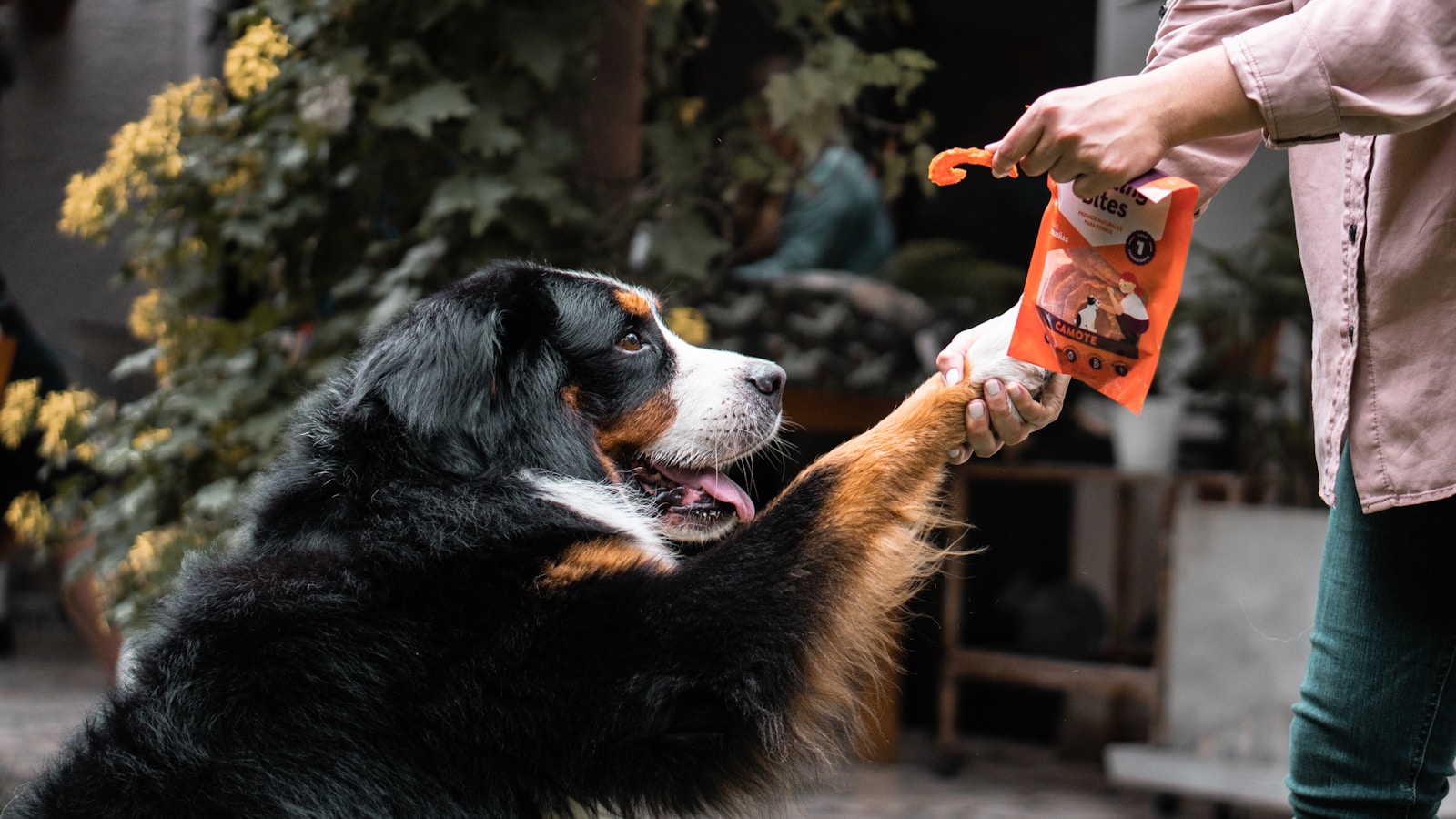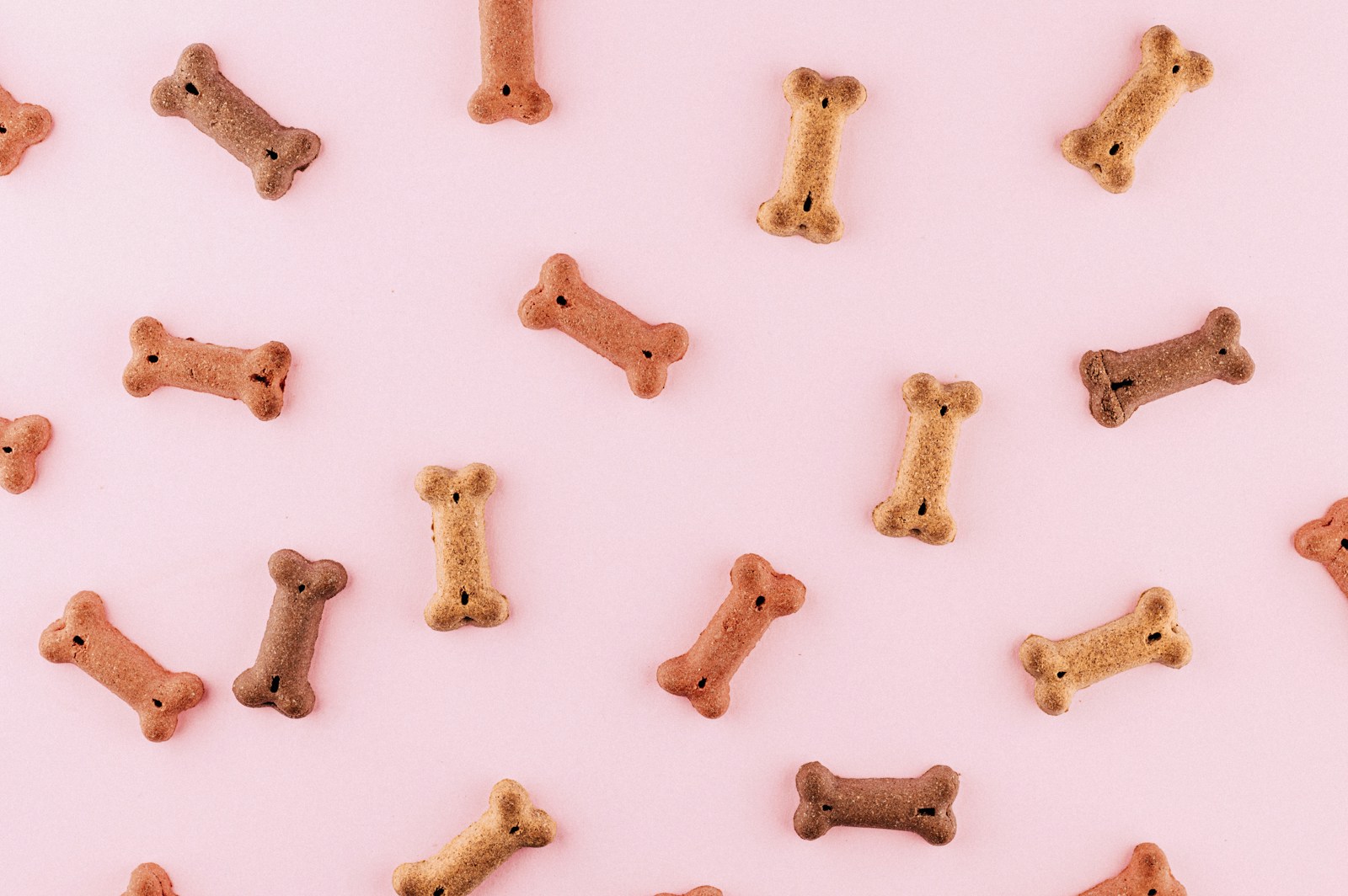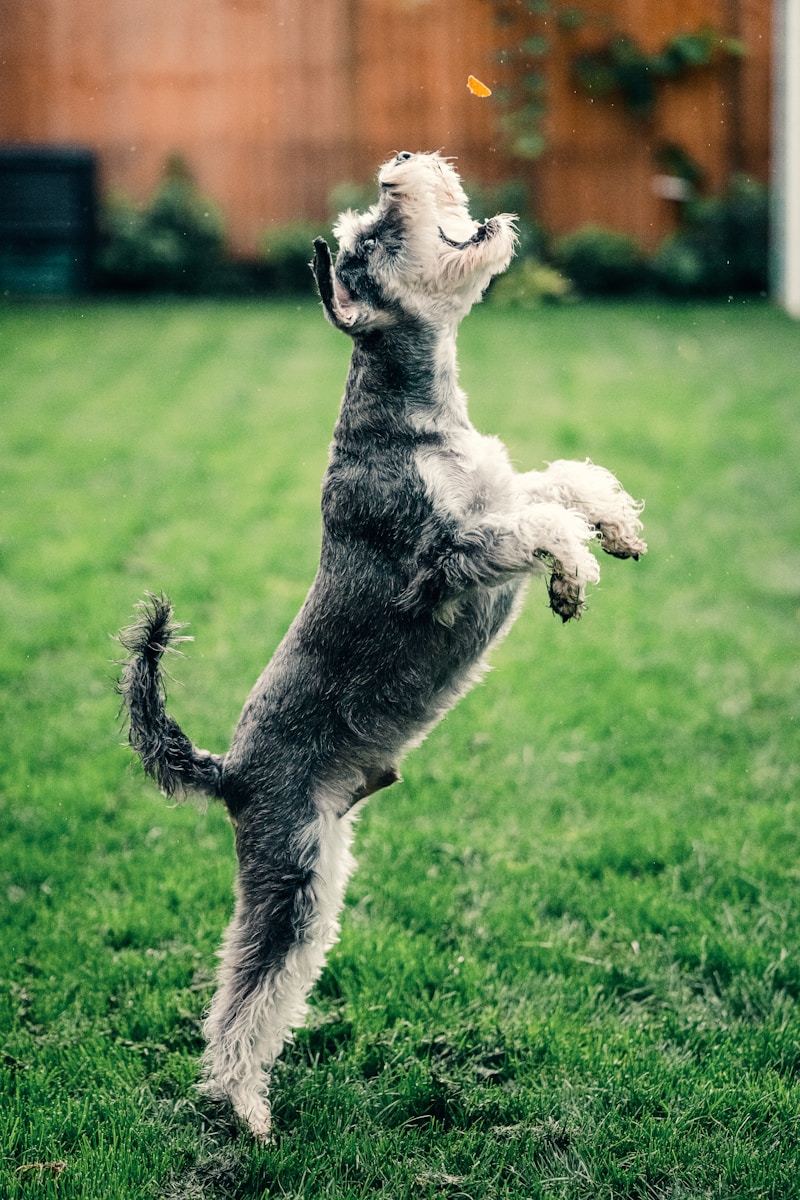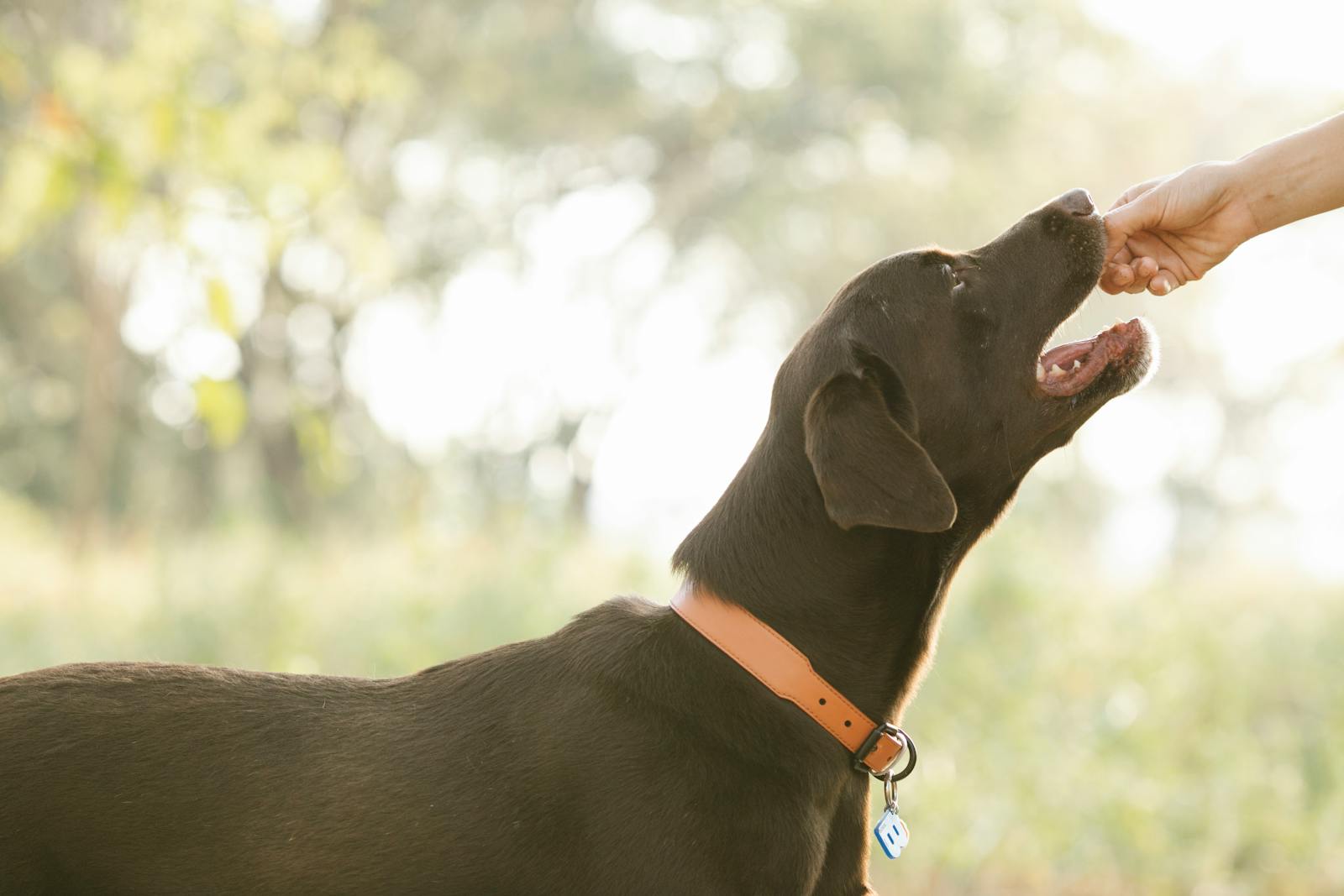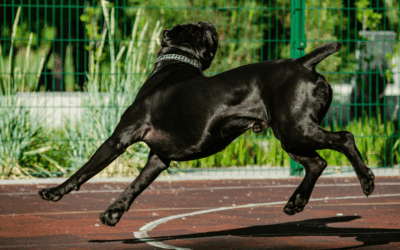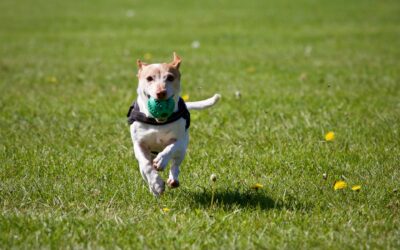Training your new puppy can feel overwhelming, but having the right treats makes all the difference. The key to successful dog training lies in positive reinforcement, and puppy training treats serve as your most powerful tool for encouraging good behavior and building a strong bond with your furry friend.
Choosing the right training treats isn’t just about grabbing any bag of dog treats from the store. Your puppy’s developing digestive system, small size, and eager-to-learn attitude require special consideration when selecting rewards that will motivate without overwhelming their young bodies.
This guide will walk you through everything you need to know about puppy training treats, from selecting the best options for your specific pup to using them effectively in your training sessions. By the end, you’ll have the knowledge to make informed decisions that support your puppy’s healthy growth while accelerating their learning process.
What Makes the Best Dog Training Treats
Size and Texture Matter
The best treats for puppies are small, soft, and easy to chew. Unlike adult dogs who can handle larger, crunchier rewards, puppies need treats they can quickly consume without losing focus during training sessions. Soft treats work particularly well because they’re gentle on developing teeth and can be broken into even smaller pieces for extended training.
Small dogs and young puppies benefit from treats that are no larger than the tip of your pinky finger. This size prevents choking while ensuring your pup can eat the reward quickly and return attention to the training session.
High-Value Ingredients
Training treats should contain ingredients that make your dog’s tail wag with excitement. Chicken, beef, and cheese are popular choices because most dogs find them irresistible. The stronger the smell, the more likely your pup will stay engaged and motivated throughout the training process.
Natural ingredients are always preferable, especially for growing puppies. Avoid treats with excessive salt, artificial preservatives, or fillers that might upset your puppy’s stomach or interfere with their healthy development.
Calorie Considerations
Puppies have small stomachs and specific nutritional needs for proper growth. Training treats should be low in calories to avoid disrupting their regular meal schedule. Remember that treats should never make up more than 10% of your puppy’s daily caloric intake.
During intensive training sessions, you’ll be giving many rewards, so choosing low-calorie options helps prevent overfeeding while maintaining the motivational value of the treat.
Best Treats for Puppies
Soft Training Treats
Commercial soft training treats are specifically designed for training purposes. They’re typically small, chewy, and packed with flavor that dogs love. These treats are convenient because they come pre-sized and won’t crumble in your treat bag or pocket.
Popular brands offer varieties in chicken, beef, and bacon flavors. Look for treats that list meat as the first ingredient and avoid those with excessive artificial additives.
Homemade Options
Creating your own puppy training treats gives you complete control over ingredients. Simple recipes using ingredients like cooked chicken, sweet potato, or cream cheese can be frozen in ice cube trays and broken into training-sized pieces.
Homemade treats are especially beneficial if your puppy has food sensitivities or if you prefer knowing exactly what your dog is eating. They’re also cost-effective for households doing frequent training sessions.
Freeze-Dried Options
Freeze-dried meat treats offer intense flavor in a lightweight, shelf-stable form. These treats are typically single-ingredient options like freeze-dried chicken or beef, making them excellent for dogs with allergies or sensitive stomachs.
The concentrated flavor makes freeze-dried treats particularly effective for challenging training situations or when competing with distractions.
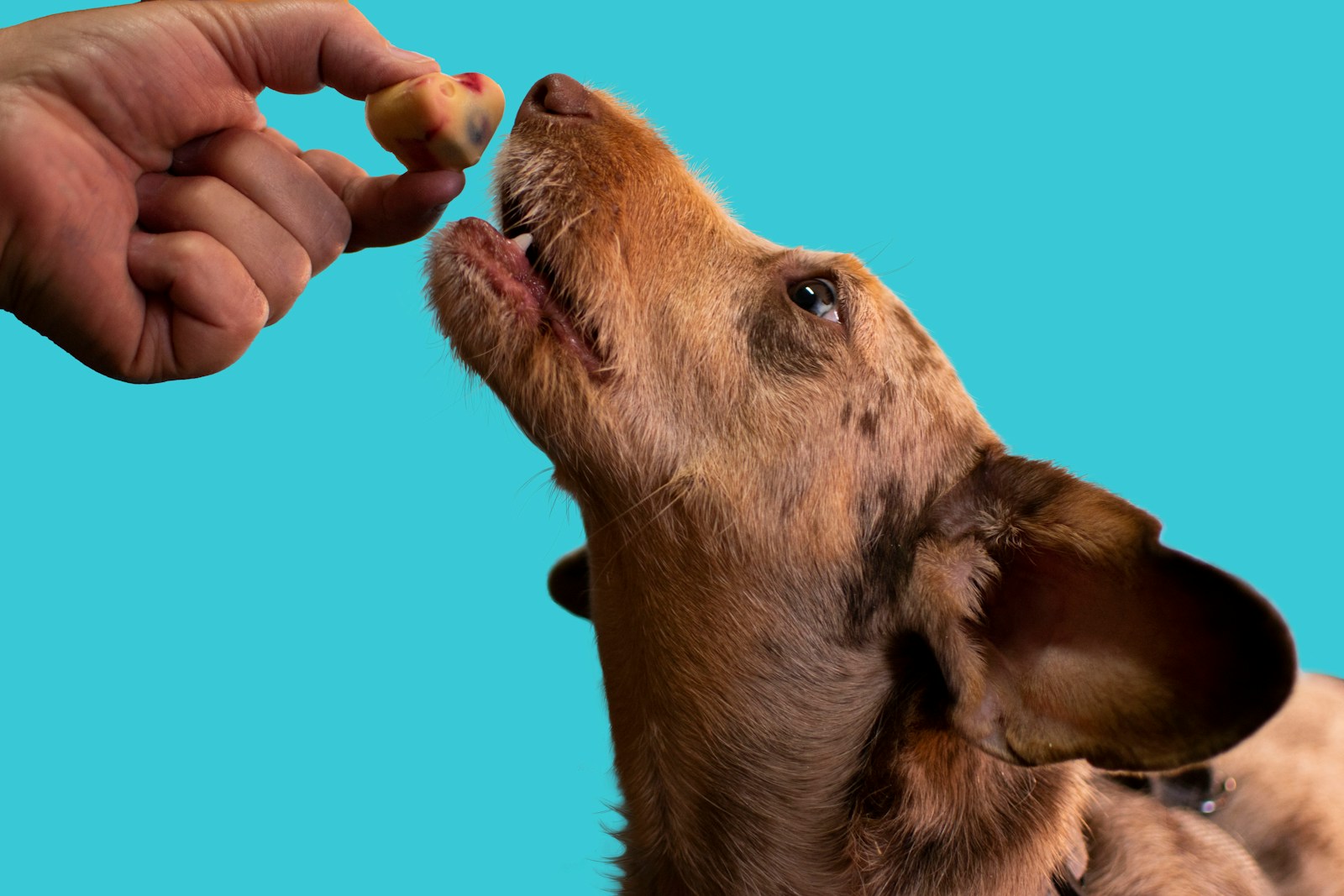
Using Training Treats Effectively
Timing Is Everything
The moment your puppy performs the desired behavior is when you should reward them. This immediate positive reinforcement helps your dog understand exactly what action earned the treat. Keep treats easily accessible in a treat bag or pocket so you can reward instantly.
During crate training, for example, give the treat the second your puppy enters the crate willingly, not after they’ve been sitting inside for several minutes.
Vary Your Rewards
Using the same treat for every training session can lead to boredom. Rotate between different flavors and textures that your dog likes to keep them interested and engaged. Save the most exciting treats for the most challenging training exercises.
Some training sessions might benefit from using your puppy’s regular food as treats, especially if you’re working on basic commands during meal times.
Gradual Treat Reduction
As your puppy masters specific behaviors, gradually reduce the frequency of treats while maintaining praise and affection. This process, called intermittent reinforcement, helps ensure your dog will perform commands even when treats aren’t available.
Start by rewarding every successful command, then move to rewarding every other success, and eventually to occasional rewards combined with consistent praise.
Special Considerations for Different Training Scenarios
Crate Training
Crate training requires patience and positive associations. Use special treats that your puppy only receives when interacting with their crate. This makes the crate a place of good things rather than punishment.
Throw treats into the crate during the day when your puppy isn’t being asked to stay inside. This helps create positive associations even outside of formal training sessions.
House Training
For house training, timing is crucial. Reward your puppy immediately after they eliminate in the appropriate spot. Keep treats by the door so you can quickly reward outdoor success.
Choose treats that won’t upset your puppy’s stomach, as digestive issues can complicate house training progress.
Socialization Training
During socialization training, treats help your puppy associate new experiences with positive outcomes and positive behaviors. Carry high-value treats when introducing your puppy to new people, sounds, or environments.
The treat should be rewarding enough to help your puppy overcome any initial anxiety about new experiences.
What to Avoid in Puppy Training Treats
Dangerous Ingredients
Never give your puppy treats containing chocolate, grapes, raisins, onions, or artificial sweeteners like xylitol. These ingredients can be toxic to dogs and are especially dangerous for small puppies.
Always check ingredient lists carefully, and when in doubt, consult your veterinarian about specific treats or ingredients.
Overly Hard Treats
Puppies have developing teeth and jaws that can’t handle extremely hard treats. Avoid giving young dogs hard bones, antlers, or very crunchy treats that might damage their teeth or present choking hazards.
High-Calorie Treats
Rich, high-calorie treats can quickly add up during training sessions, potentially leading to weight gain or stomach upset. Choose treats that provide flavor and motivation without excessive calories.
Making Training Dog Treats Work for Your Lifestyle
Preparation and Storage
Prepare training treats in advance to ensure you’re always ready for impromptu training sessions. Store soft treats in the refrigerator and bring them to room temperature before use. Keep a small supply in your car, by the door, and in your training area.
Proper storage prevents spoilage and ensures treats remain appetizing to your puppy.
Budget-Friendly Options
Effective training treats don’t have to be expensive. Small pieces of cooked chicken, tiny bits of cheese, or frozen training treats you’ve made yourself can be just as motivating as commercial options.
Consider the cost per training session rather than the upfront price. Higher-quality treats that work better might actually be more economical if they speed up the training process.
Adapting to Your Puppy’s Preferences
Every puppy has unique preferences. Some love soft, chewy treats, while others prefer something with more texture. Pay attention to your puppy’s reactions and adjust your treat selection accordingly.
Don’t be afraid to experiment with different options until you find what makes your specific puppy most excited to learn.
Puppy Training Treats and Brands
When training your puppy, it’s vital to choose treats that are not only effective but also safe and healthy for their growing bodies. Below is a list of seven highly recommended puppy training treats and their corresponding brands, complete with links for easy purchasing:
Zuke’s Mini Naturals
These small, soft treats are perfect for training and come in a variety of flavors like chicken, salmon, and peanut butter. They are made from high-quality ingredients and are free from corn, wheat, and soy.
Blue Buffalo Blue Bits
Packed with wholesome ingredients, these moist training treats are rich in DHA to support cognitive development in puppies. Available in tasty options like chicken, beef, or salmon.
Wellness Soft Puppy Bites
Specifically designed for puppies, these treats are soft, chewy, and made with all-natural ingredients such as lamb and salmon to support growth and development.
Rocco & Roxie Gourmet Jerky Treats
Made with premium, slow-roasted meat, these treats are savory and highly motivating for training sessions. They contain no harmful fillers like artificial preservatives or flavors.
Crazy Dog Train-Me! Training Rewards
These low-calorie treats are ideal for frequent training sessions. They come in flavors like bacon and chicken, and puppies love their small size and delicious taste.
Natural Balance Mini Rewards
These bite-sized treats are low in calories, grain-free, and made with high-quality protein sources like lamb and duck, ensuring a tasty reward for your pup.
Stewart Pro-Treat Freeze-Dried Liver Treats
These single-ingredient treats are made with 100% pure beef liver, offering a high-protein option that dogs adore. They are preservative-free and perfect for sensitive tummies.
Each of these treats is highly rated by dog owners and trainers alike, ensuring you have only the best options for your puppy’s training success. Always consult your vet for recommendations specific to your pup’s dietary needs.

Training at Snouts and Stouts Indoor Dog Park and Bar
At Snouts and Stouts, we understand the importance of a well-trained dog for both their happiness and yours. That’s why we offer expert training services designed to cater to dogs of all ages, breeds, and experience levels. Whether you’re starting from scratch with basic obedience or looking to refine advanced skills, our experienced trainers are here to help. Group classes, private sessions, and specialized workshops are available to ensure personalized attention and effective learning. Our positive reinforcement techniques focus on building trust and strengthening the bond between you and your furry friend. Join us at Snouts and Stouts for a fun, engaging, and result-oriented training experience!
Setting Your Puppy Up for Success
The right training treats are just one component of successful puppy training, but they’re a crucial one. By choosing appropriate rewards and using them effectively, you’re setting the foundation for a well-behaved adult dog who responds eagerly to your guidance.
Remember that consistency, patience, and positive reinforcement are the keys to successful puppy training. The treats are simply the tool that helps you communicate with your puppy in a language they understand: that good things happen when they make good choices.
Start with small amounts of different treat types to discover what motivates your puppy most. Keep training sessions short and positive, and always end on a successful note. With the right approach and the right treats, you’ll be amazed at how quickly your puppy learns and how strong your bond becomes.
Whether you’re working on basic commands, house training, or socialization, having a variety of high-quality training treats on hand will make the process more enjoyable for both you and your puppy. The investment in good training treats pays dividends in the form of a well-trained, happy dog who’s a pleasure to live with.
